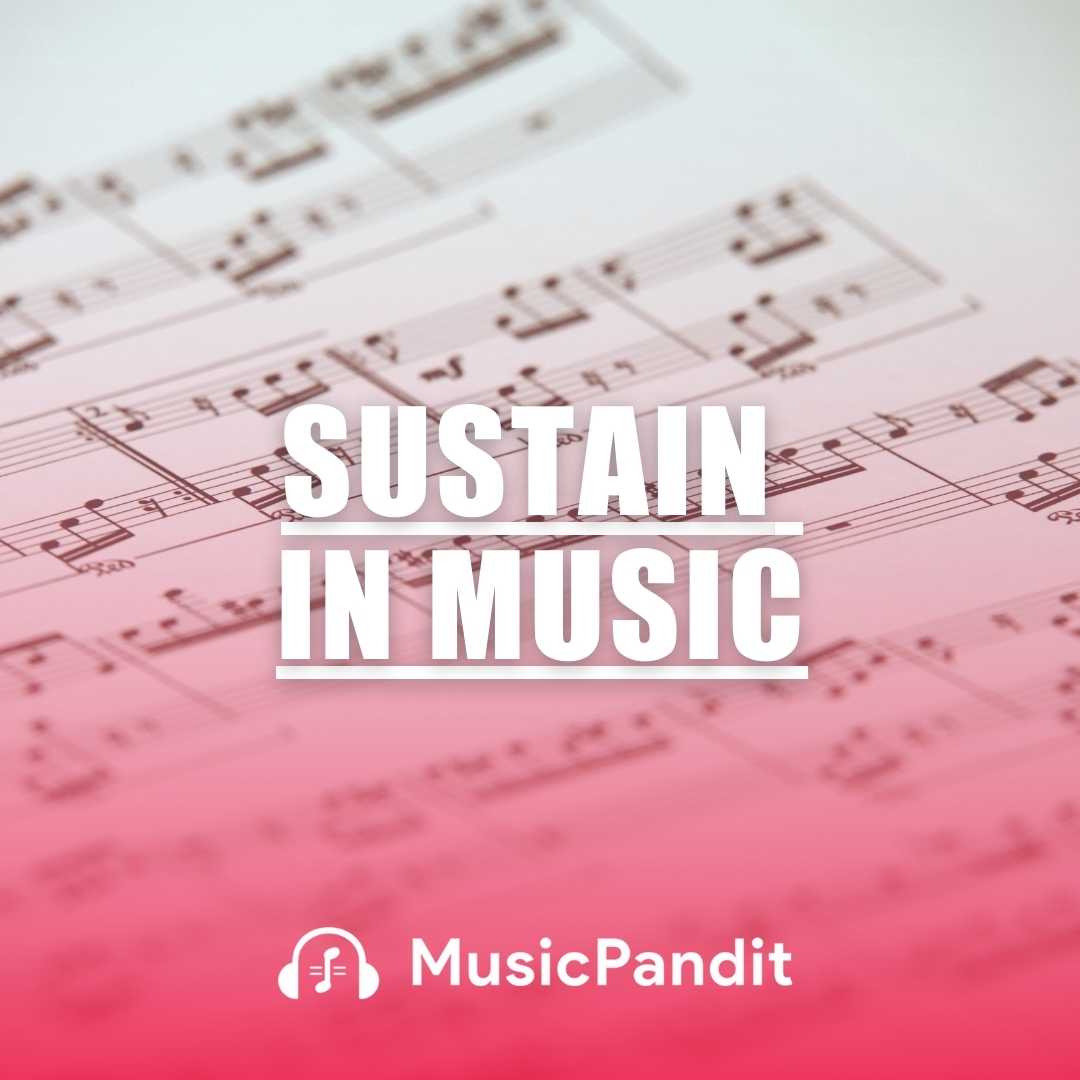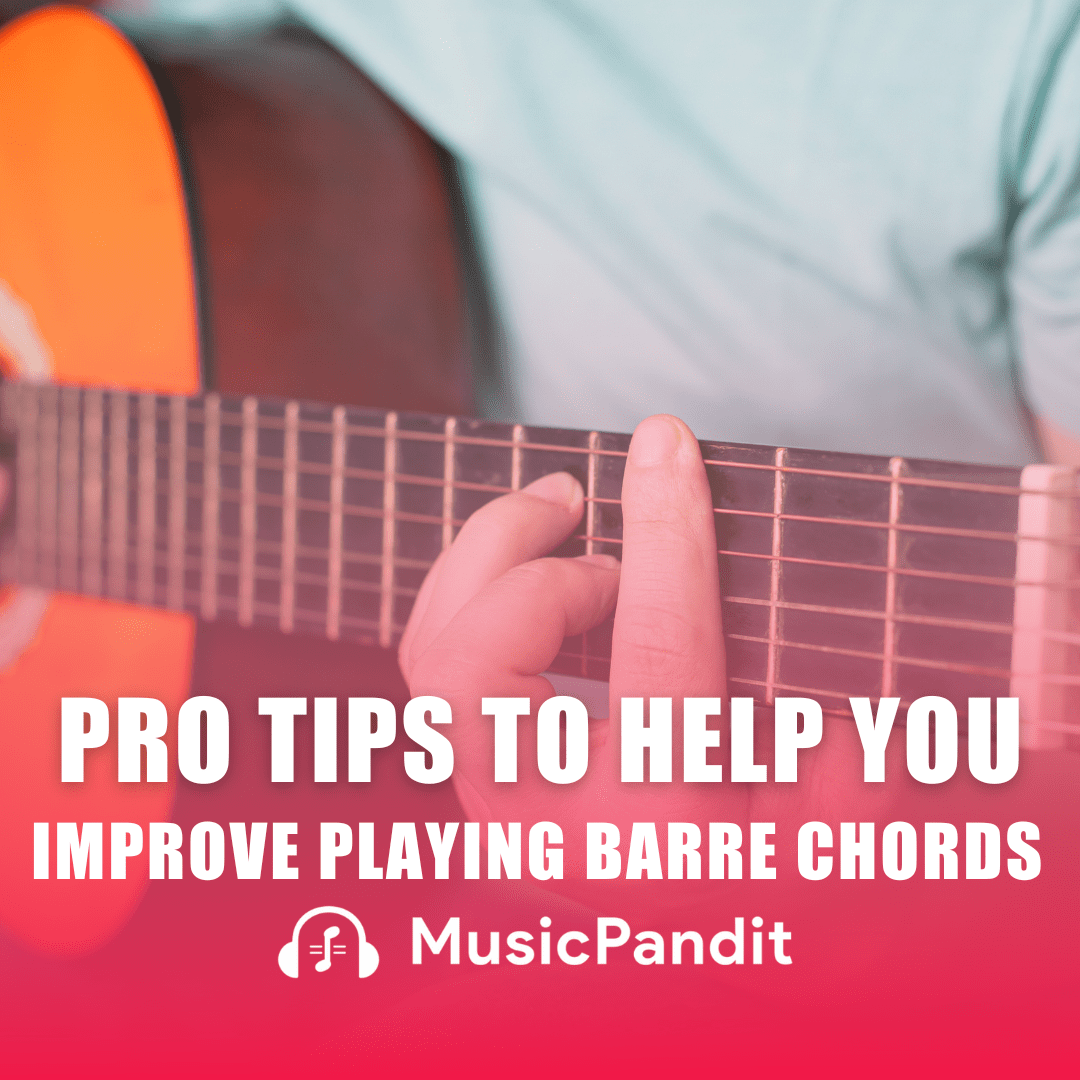Chords are fundamental building blocks in music, forming the backbone of harmony in many compositions. Whether you’re playing the piano, guitar, or any other instrument, understanding chords is essential for both performing and composing music. This article aims to provide a comprehensive guide on chords, covering their definition, importance, types, uses, benefits, and more.
Music is a beautiful language that speaks to our hearts and souls. One of the key elements that make music so powerful and expressive is the use of chords. In this article, we’ll explore the fascinating world of chords, their importance in music, and how you can start using them in your own musical journey.
What are Chords?
A chord is a combination of three or more notes played simultaneously. These notes are typically harmonically related, meaning they sound pleasant when played together.
A chord is a group of three or more musical notes played together at the same time. When these notes blend harmoniously, they create a rich and pleasing sound that forms the foundation of most musical compositions.
The simplest type of chord is the triad, which consists of three notes: the root, third, and fifth. Chords can be major, minor, diminished, or augmented, each having a distinct sound and emotional effect.
Basic Structure
The most common type of chord is called a triad, which consists of three notes:
- The root note (the foundation of the chord)
- The third (either major or minor)
- The fifth (which adds depth to the chord)
Importance of Chords in Music
Chords are crucial for creating harmony and adding depth to music. They support melodies, provide a harmonic framework, and can evoke different emotions. Understanding chords and their progressions enables musicians to create more engaging and dynamic pieces.
Chords play several crucial roles in music:
- Harmony: Chords provide the harmonic structure of a song, creating a sense of fullness and depth.
- Emotion: Different chord progressions can evoke various emotions, from happiness to sadness.
- Support: Chords support the melody, giving it context and making it more meaningful.
- Rhythm: Chords often define the rhythm and groove of a song.
Developing a Sense of Rhythm
Rhythm is an integral part of playing chords effectively. Practising with a metronome can help develop a strong sense of timing and rhythm. Start by playing simple chord progressions in time with the metronome, gradually increasing the tempo as you become more comfortable.
Natural Ability vs. Practice
While some musicians may have a natural ability to recognize and play chords, consistent practice is key to mastering them. Ear training exercises, such as identifying different types of chords and their inversions by ear, can significantly enhance your skills.
Types of Chords
- Major Chords: These chords sound happy and bright. A major chord is formed by combining the root note, a major third, and a perfect fifth.
- Minor Chords: These chords sound sad or melancholic. A minor chord consists of the root note, a minor third, and a perfect fifth.
- Diminished Chords: These chords have a tense and unstable sound, formed by the root note, a minor third, and a diminished fifth.
- Augmented Chords: These chords have a mysterious and unresolved sound, created by the root note, a major third, and an augmented fifth.
- Seventh Chords: Adding a seventh note to a triad forms a seventh chord, which includes major, minor, dominant, and diminished variants.
There are many types of chords, each with its own unique sound and character. Here are some of the most common ones:
Major Chords
Major chords have a bright, happy sound. They’re formed by combining the root note, a major third, and a perfect fifth.
Example: C Major chord = C (root) + E (major third) + G (perfect fifth)
Minor Chords
Minor chords have a sadder, more melancholic sound. They’re formed by combining the root note, a minor third, and a perfect fifth.
Example: A Minor chord = A (root) + C (minor third) + E (perfect fifth)
Seventh Chords
Seventh chords add an extra note to the basic triad, creating a more complex and interesting sound.
Example: G7 chord = G (root) + B (major third) + D (perfect fifth) + F (minor seventh)
Suspended Chords
Suspended chords replace the third with either a second or a fourth, creating a sense of tension that wants to resolve.
Example: Dsus4 = D (root) + G (fourth) + A (fifth)
Instrument-Specific Information
- Piano: Chords on the piano are played by pressing multiple keys simultaneously. Understanding chord shapes and inversions is crucial for smooth transitions.
- Guitar: Chords on the guitar are formed by pressing down multiple strings on different frets. Open chords and barre chords are fundamental for guitarists.
- Ukulele: Similar to the guitar, but with fewer strings, making chord shapes easier to form.
Developing Chord Knowledge
- Learn Basic Triads: Start with major and minor triads, practising their shapes and inversions.
- Explore Seventh Chords: Add seventh chords to your repertoire to create more complex harmonies.
- Practice Chord Progressions: Common progressions like I-IV-V and ii-V-I are essential for many genres of music.
- Use Chord Charts and Diagrams: Visual aids can help in memorising chord shapes and fingerings.
Rhythm is an essential part of playing chords effectively. Here are some tips to improve your rhythmic skills:
- Start slow: Begin by playing simple chord progressions at a slow tempo.
- Use a metronome: Practice with a metronome to keep steady time.
- Count out loud: Counting the beats as you play helps internalize the rhythm.
- Listen to music: Pay attention to how chords are used rhythmically in your favorite songs.
Natural Ability vs. Practice
While some people may seem to have a natural talent for music, everyone can learn to play chords with practice. Here’s what you should know:
- Natural ability helps: Some individuals may pick up chord playing more quickly.
- Practice is key: Consistent practice is essential for everyone, regardless of natural ability.
- Patience pays off: Don’t get discouraged if it takes time to master chords. Keep practicing!
Uses and Benefits of Chords
Chords are used in various ways across different musical styles:
- Accompany melodies: They provide a harmonic background for the main melody.
- Create chord progressions: Sequences of chords that form the structure of a piece.
- Enhance emotional expression: Different chords can evoke a wide range of emotions.
- Support improvisation: Knowing chords helps in improvising solos and accompaniment.
- Accompaniment: Chords provide the backdrop for melodies in many songs.
- Songwriting: Chord progressions are often the starting point for writing new songs.
- Improvisation: Understanding chords helps musicians improvise and create new musical ideas.
- Arrangement: Chords are crucial in arranging music for different instruments and ensembles.
Benefits of Learning Chords
Learning to play chords offers numerous benefits:
- Musical understanding: Chords help you grasp the structure of music.
- Ear training: Playing chords improves your ability to recognize harmonies.
- Creativity: Knowledge of chords allows you to create your own music.
- Social connection: Playing chords enables you to jam with other musicians.
- Cognitive benefits: Learning chords can improve memory and coordination.
Chord Notation Systems
There are different ways to write down chord information:
- Chord symbols: Like C, Am, or G7
- Roman numeral analysis: I, ii, V7, etc.
- Guitar tablature: Shows finger positions on a fretboard
- Piano roll notation: Used in digital music production
Tips for Learning Chords
- Start with basic triads: Master major and minor chords before moving to more complex ones.
- Practice transitions: Work on smoothly moving from one chord to another.
- Learn chord inversions: Different ways of playing the same chord can make your playing more interesting.
- Use online resources: Many websites and apps offer chord diagrams and practice exercises.
- Play along with recordings: Try to identify and play along with the chords in your favorite songs.
Related Musical Concepts
Understanding chords is closely linked to other important musical concepts:
Scales
Scales are the building blocks of melodies and chords. Learning scales will help you understand how chords are constructed.
Key Signatures
Key signatures determine which chords are most commonly used in a piece of music. Understanding key signatures will help you predict chord progressions.
Chord Progressions
Chord progressions are sequences of chords that create the harmonic foundation of a song. Learning common progressions will help you play many popular songs.
- Scales: Understanding scales helps in forming chords and improvising.
- Chord Progressions: Learning common progressions is vital for songwriting and playing covers.
- Ear Training: Develop your ability to recognize chords and progressions by ear.
- Music Theory: A deeper understanding of music theory can enhance your ability to use chords creatively.
Conclusion
Chords are a fundamental aspect of music that bring harmony, emotion, and structure to songs. By learning to play and understand chords, you’ll open up a world of musical possibilities. Remember, everyone starts as a beginner, so be patient with yourself and enjoy the learning process. With practice and persistence, you’ll soon be playing your favorite songs and even creating your own music!
Chords are an essential aspect of music that provide harmony and depth to compositions. By learning about different types of chords, practising chord progressions, and understanding their role in music, you can become a more proficient and versatile musician. Remember, consistent practice and a solid grasp of music theory are key to mastering chords and using them effectively in your music.














